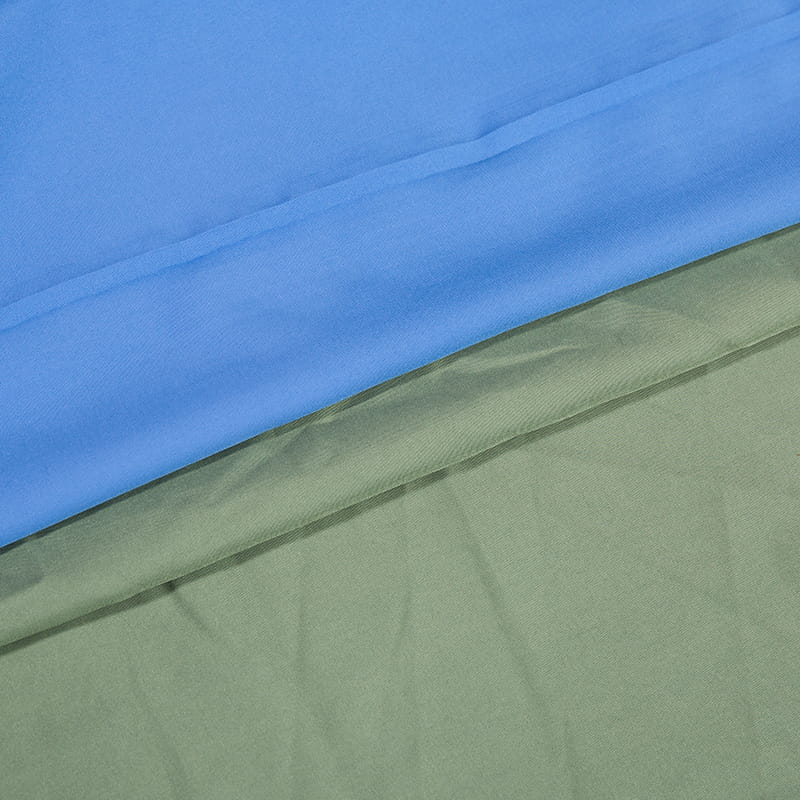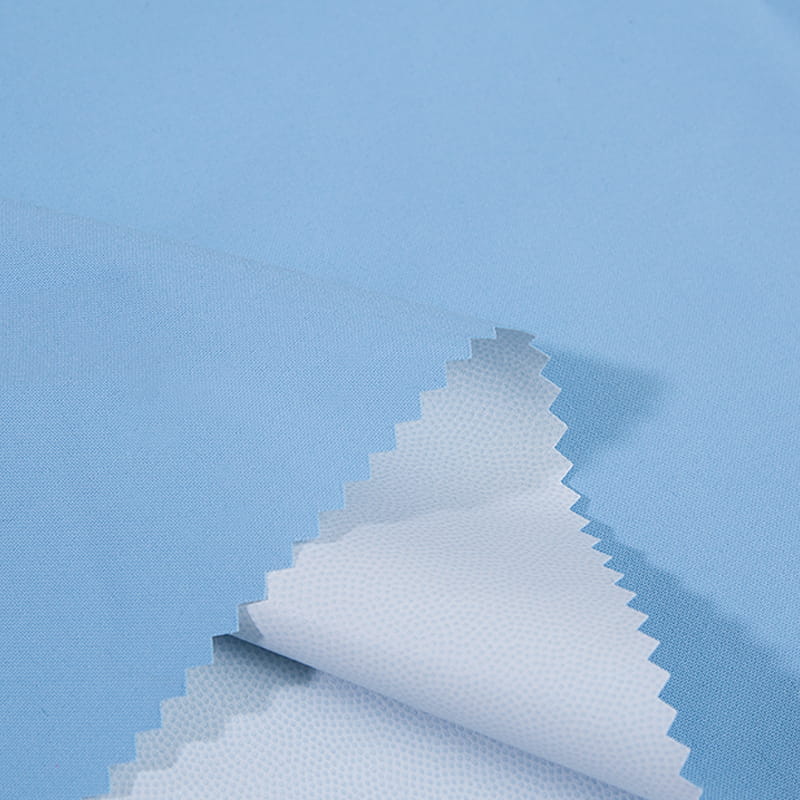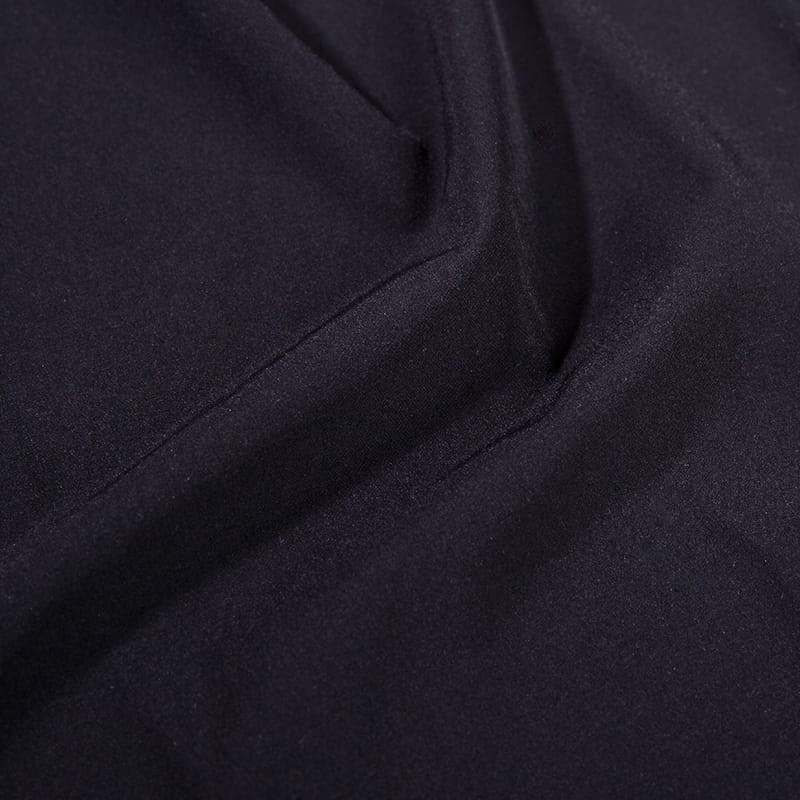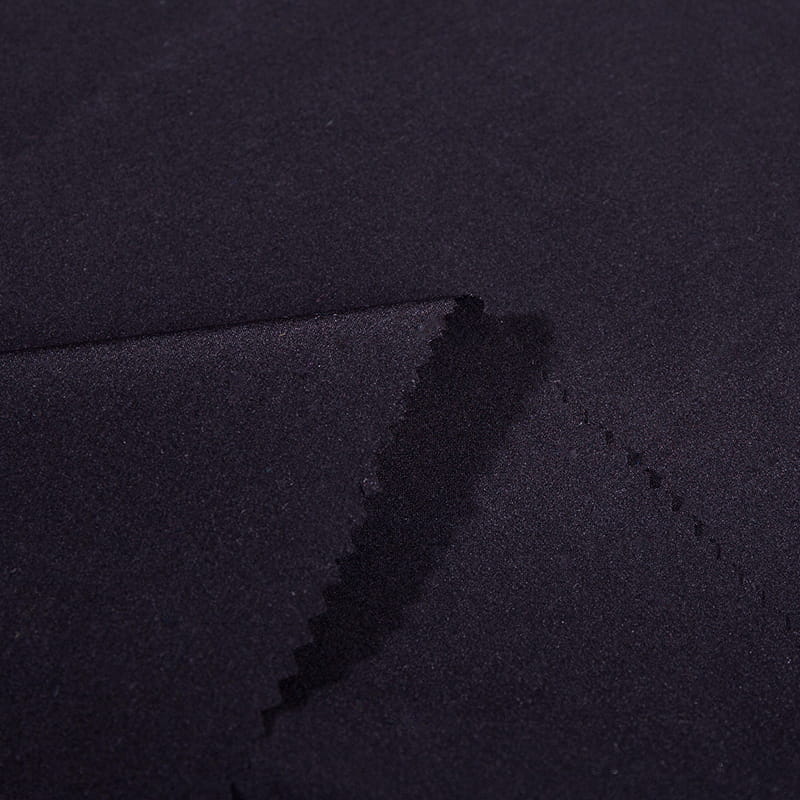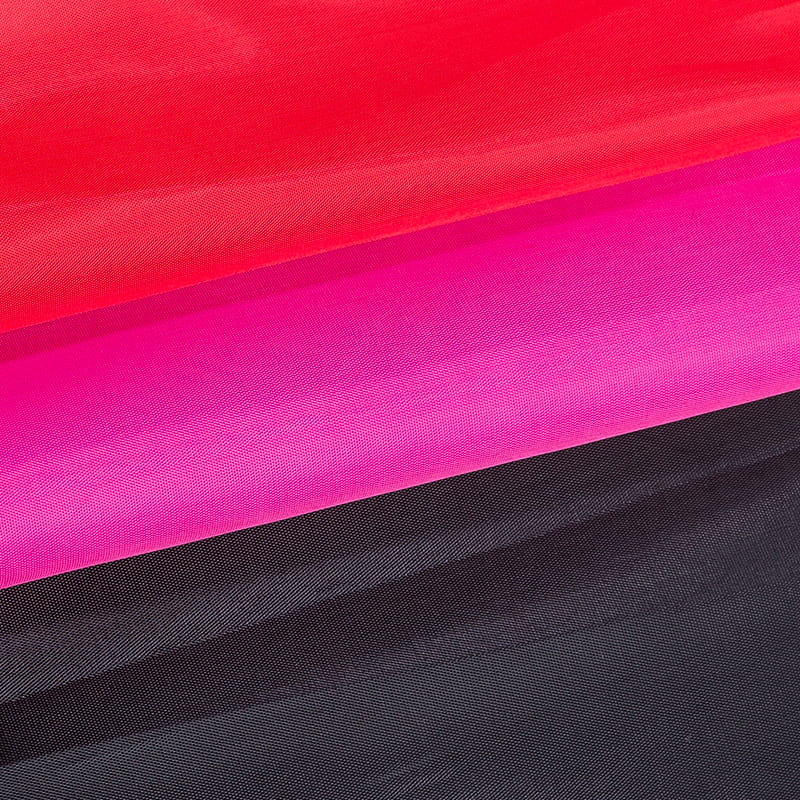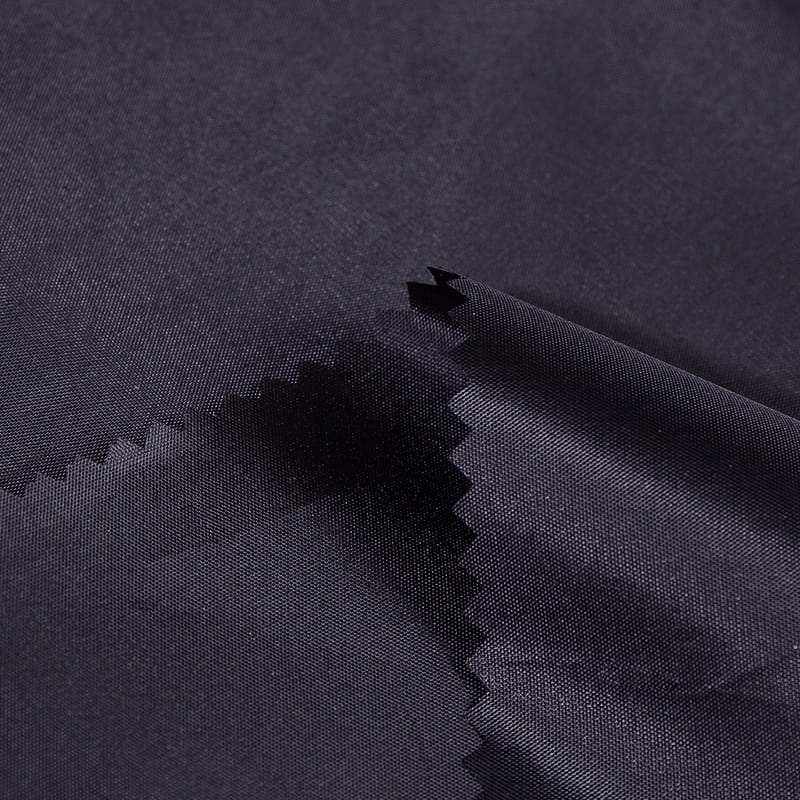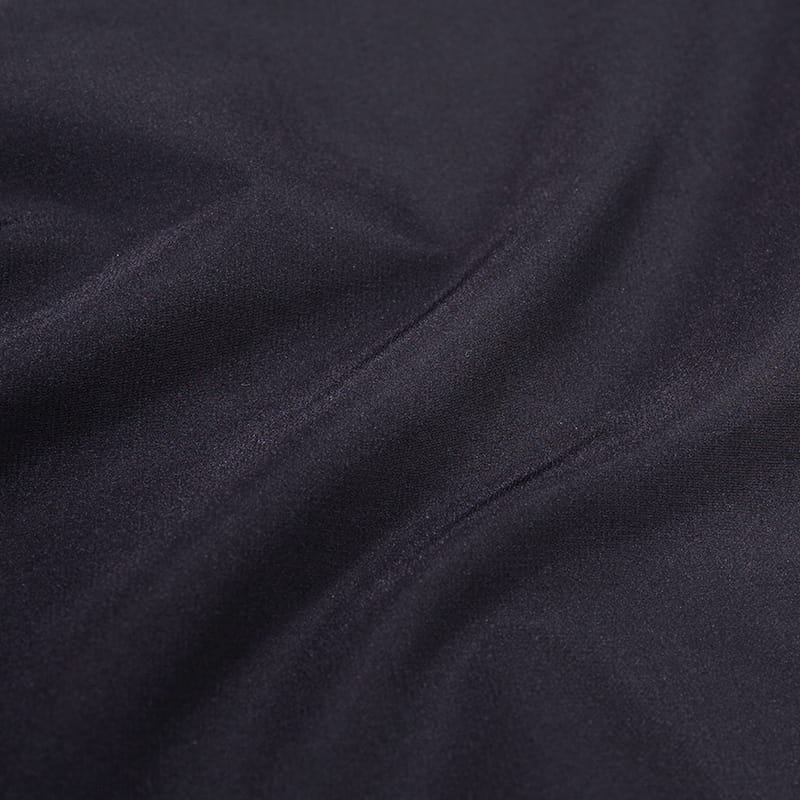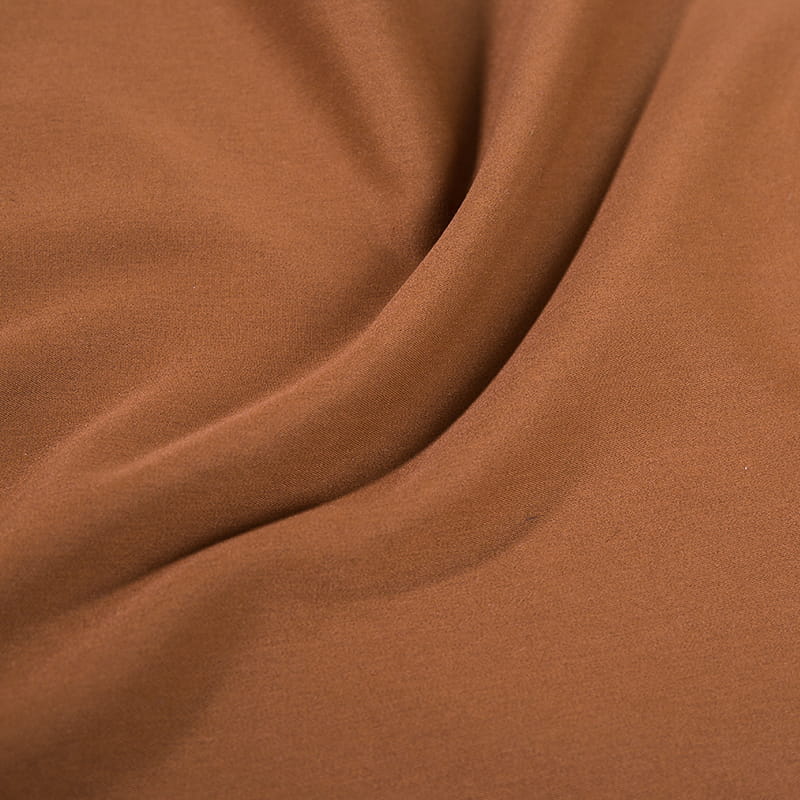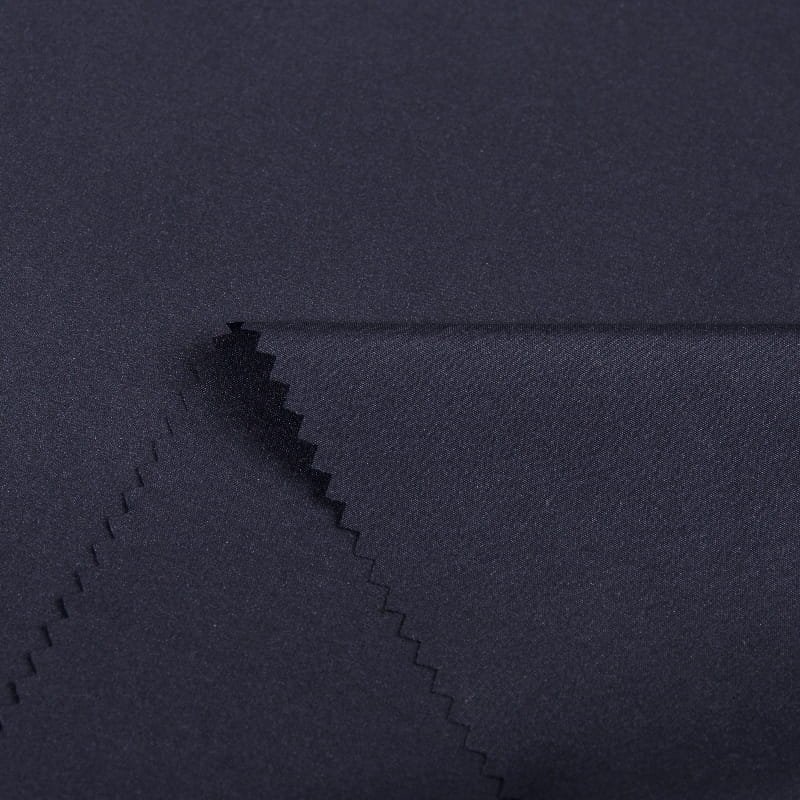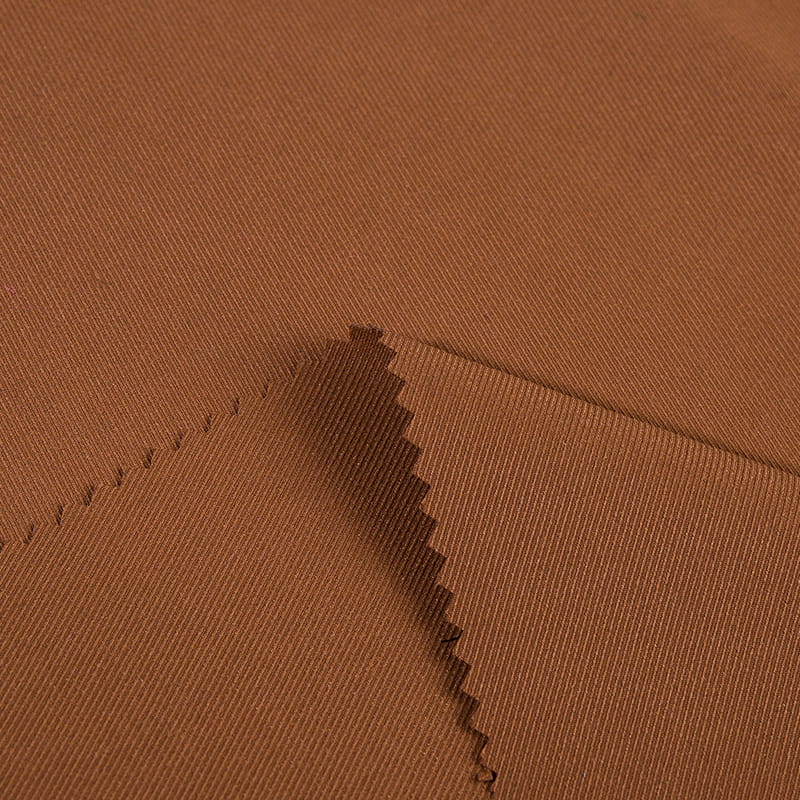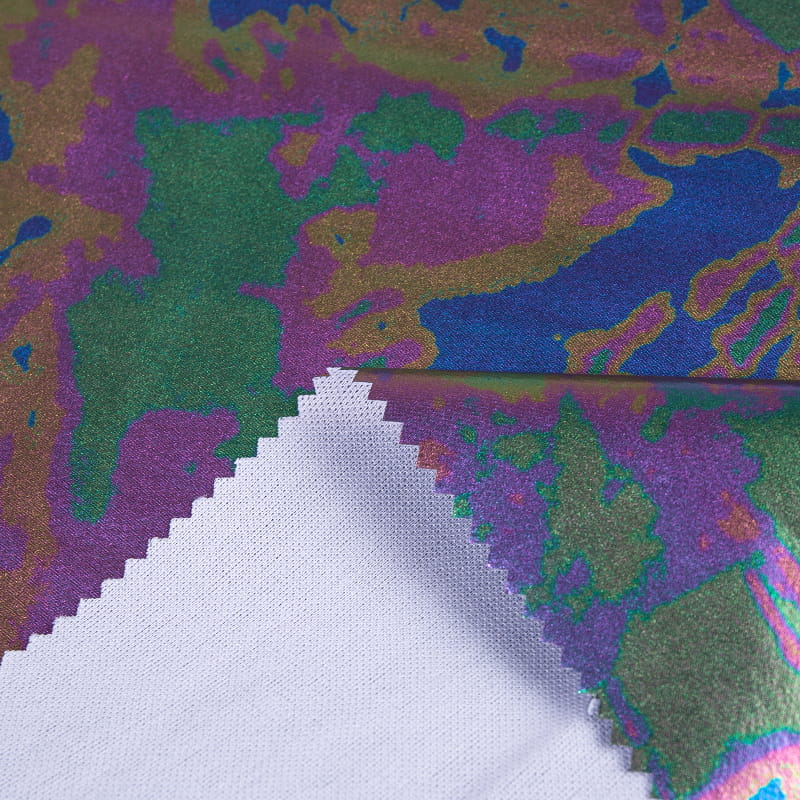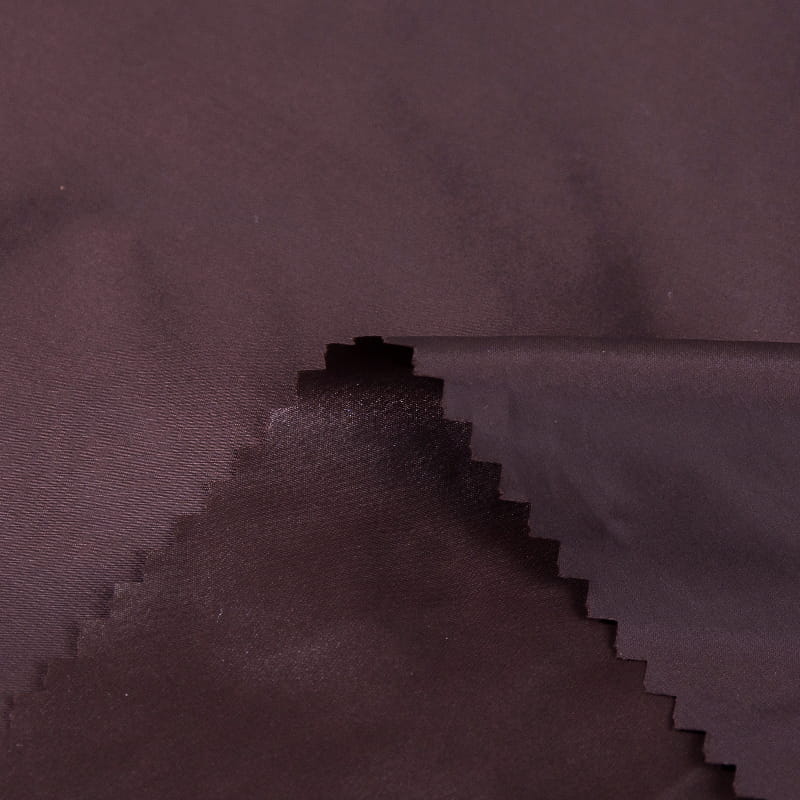What is the difference between Imitated Silk Fabric and silk fabric?
2024-04-11
From the raw material point of view, silk fabric is made of silk, which has a unique luster and soft feel. Its texture is very smooth, very comfortable to wear, and has a very low coefficient of friction on the human body, so it is especially suitable for sensitive skin. Silk also has good hygroscopicity and breathability, which can keep you dry in hot summers. It also has good warmth retention properties, so it is suitable for all seasons. Imitated Silk Fabric is a type of imitation silk fabric, usually made of synthetic fibers such as polyester. Although it is also soft and smooth, the feel and comfort may differ from silk. Silk-like fabrics may have a higher sheen, but may lack the natural luster of real silk. In terms of comfort, although imitation silk fabrics also have good hygroscopicity, they may not be as breathable as silk, and you may feel stuffy when worn for a long time.
In terms of feel and comfort, silk fabrics are naturally smooth, soft and comfortable, with a delicate touch and extremely low friction coefficient on the skin, so they are very comfortable to wear. Although imitation silk fabrics can simulate the luster and feel of real silk, due to differences in raw materials and textile processes, their feel and comfort are often not comparable to those of real silk.
In terms of appearance and gloss, silk fabrics have a unique gloss, showing a pearl-like brilliance, with bright colors and clear patterns. Although imitation silk fabrics can simulate similar gloss, they often appear dull and stiff, lacking the flexibility and naturalness of real silk.
From the perspective of performance and maintenance, silk fabrics have good hygroscopicity and breathability, can effectively regulate temperature and humidity, and are beneficial to human health. However, silk fabrics also have some shortcomings, such as easy wrinkles and deformation, and require special maintenance and care. Silk-like fabrics have better wear resistance and wrinkle resistance, and are easy to care for and clean, but have relatively poor moisture absorption and breathability.
In terms of price, due to the higher raw material and production costs of silk fabrics, their prices are usually higher. The cost of imitation silk fabrics is relatively low because it is made of man-made fibers and special textile processes, so the price is also more affordable.
From an environmental protection point of view, silk fabrics are made from natural fibers such as silk. Its production process is relatively environmentally friendly and does not require the use of a large amount of chemicals. Moreover, silk is degradable and has less impact on the environment. Some chemicals may be used in the production process of imitation silk fabrics, and these substances may have a certain impact on the environment. Although modern textile technology is already working hard to reduce this impact, silk fabrics may have more advantages in terms of environmental protection. In terms of health, silk fabrics have many benefits for the human body. First of all, silk is very skin-friendly and will not cause skin allergies or irritation. Secondly, silk fabrics can absorb and discharge sweat from the human body, keeping the skin dry and helping to prevent bacterial growth. In addition, the amino acids contained in silk are beneficial to human skin and can help maintain skin metabolism. Although Imitated Silk Fabric also has good skin-friendly properties and hygroscopicity, because it is made of synthetic fibers, it may contain some chemicals that are harmful to human health. Although the levels of these chemicals are usually within safe limits, they may still cause allergies or irritation for people with particularly sensitive skin.
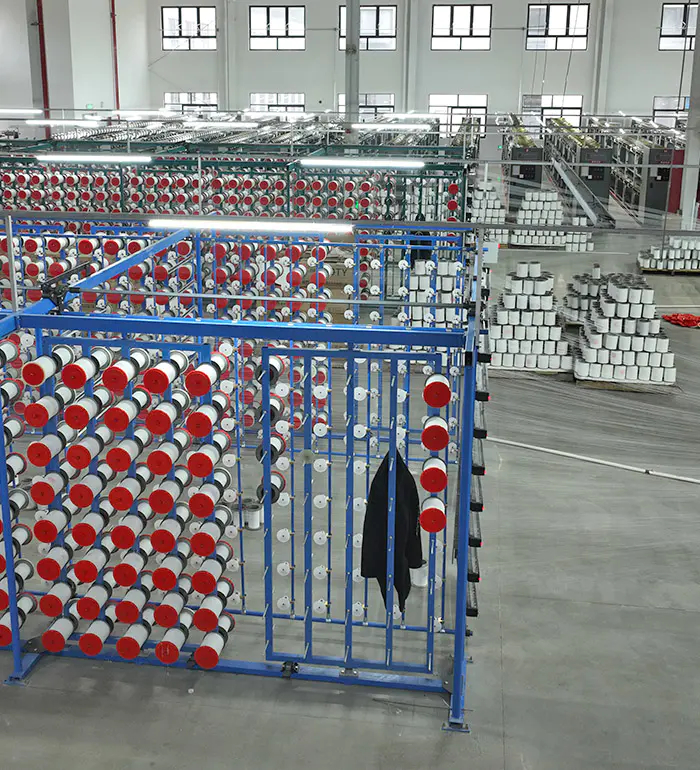
In terms of feel and comfort, silk fabrics are naturally smooth, soft and comfortable, with a delicate touch and extremely low friction coefficient on the skin, so they are very comfortable to wear. Although imitation silk fabrics can simulate the luster and feel of real silk, due to differences in raw materials and textile processes, their feel and comfort are often not comparable to those of real silk.
In terms of appearance and gloss, silk fabrics have a unique gloss, showing a pearl-like brilliance, with bright colors and clear patterns. Although imitation silk fabrics can simulate similar gloss, they often appear dull and stiff, lacking the flexibility and naturalness of real silk.
From the perspective of performance and maintenance, silk fabrics have good hygroscopicity and breathability, can effectively regulate temperature and humidity, and are beneficial to human health. However, silk fabrics also have some shortcomings, such as easy wrinkles and deformation, and require special maintenance and care. Silk-like fabrics have better wear resistance and wrinkle resistance, and are easy to care for and clean, but have relatively poor moisture absorption and breathability.
In terms of price, due to the higher raw material and production costs of silk fabrics, their prices are usually higher. The cost of imitation silk fabrics is relatively low because it is made of man-made fibers and special textile processes, so the price is also more affordable.
From an environmental protection point of view, silk fabrics are made from natural fibers such as silk. Its production process is relatively environmentally friendly and does not require the use of a large amount of chemicals. Moreover, silk is degradable and has less impact on the environment. Some chemicals may be used in the production process of imitation silk fabrics, and these substances may have a certain impact on the environment. Although modern textile technology is already working hard to reduce this impact, silk fabrics may have more advantages in terms of environmental protection. In terms of health, silk fabrics have many benefits for the human body. First of all, silk is very skin-friendly and will not cause skin allergies or irritation. Secondly, silk fabrics can absorb and discharge sweat from the human body, keeping the skin dry and helping to prevent bacterial growth. In addition, the amino acids contained in silk are beneficial to human skin and can help maintain skin metabolism. Although Imitated Silk Fabric also has good skin-friendly properties and hygroscopicity, because it is made of synthetic fibers, it may contain some chemicals that are harmful to human health. Although the levels of these chemicals are usually within safe limits, they may still cause allergies or irritation for people with particularly sensitive skin.


 English
English русский
русский عربى
عربى